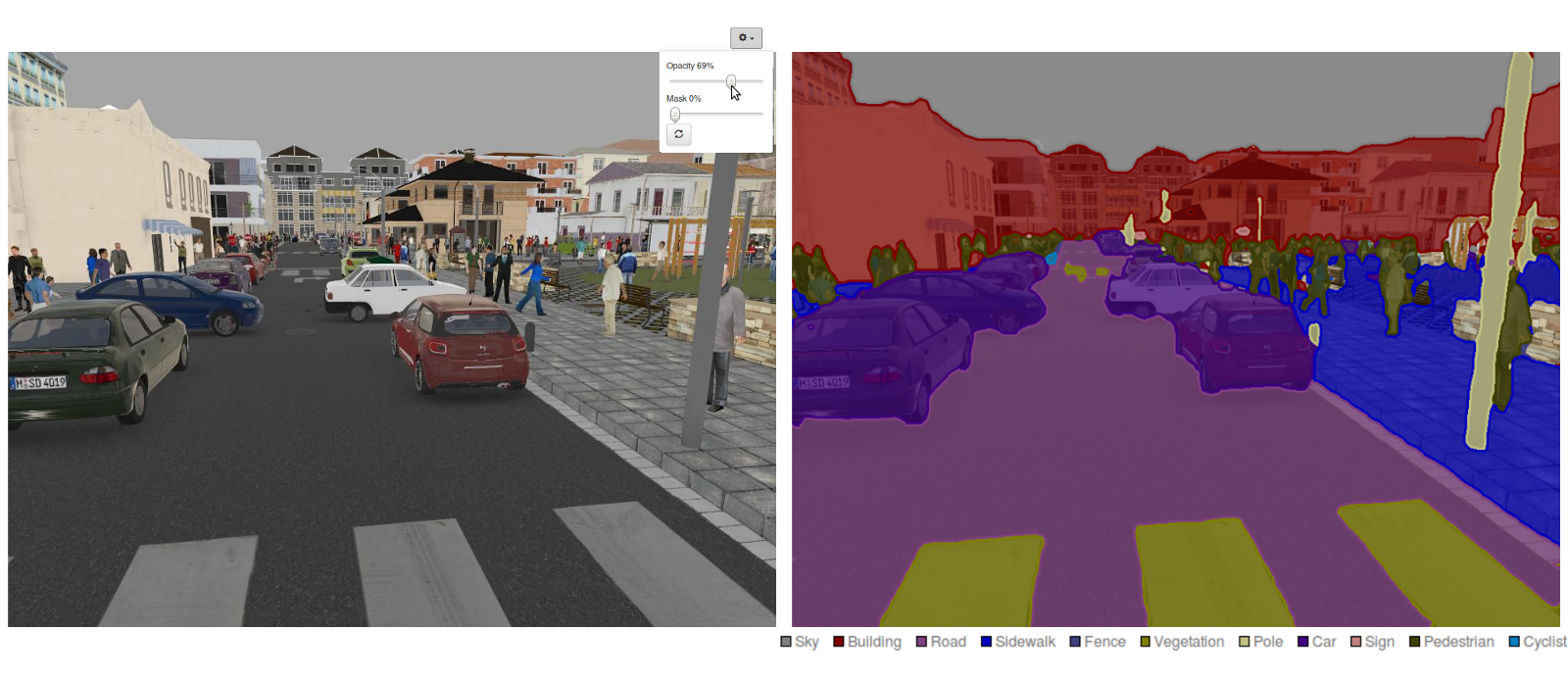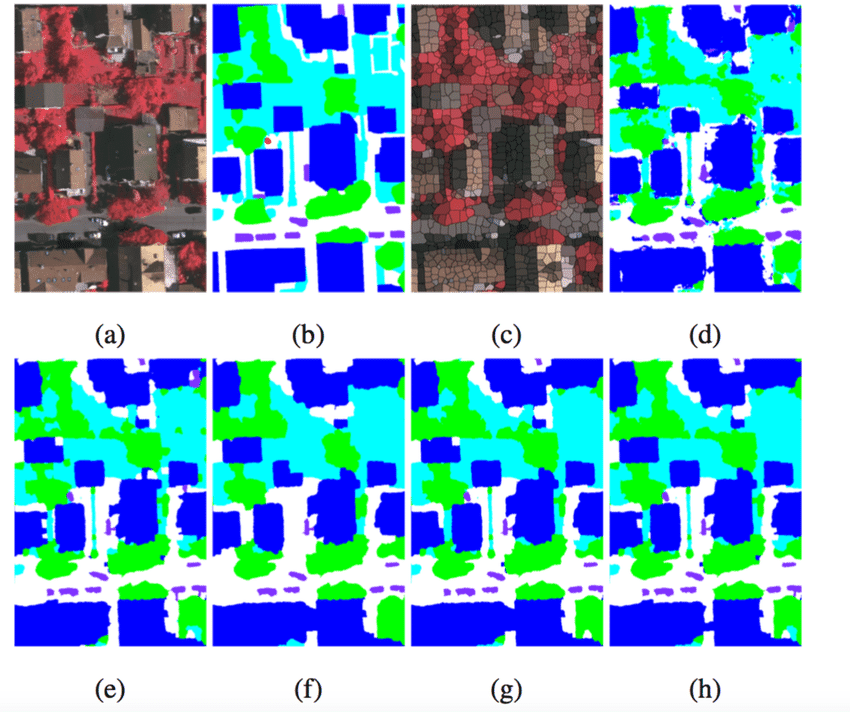The purpose of data annotation semantic is to tell the machine which things belong to which category or have certain attributes in supervised learning. segmentation annotation is actually a pixel-level classification, which predicts which object the target pixel belongs to. So the purpose of labeling is to tell the machine which pixels belong to which category.

The concept of semantics segmentation:
semantic segmentation is a typical computer vision problem that involves taking as input some raw data (e.g., planar images) and converting them into masks with highlighted regions of interest. Many people use the term full-pixel segmentation, where each pixel in an image is assigned a class ID according to the object of interest it belongs to.
Types of Semantics Segmentation:
1. Standard semantics segmentation, also known as full-pixel segmentation, is the process of classifying each pixel as belonging to an object class;
2. Instance aware segmentation (instance aware semantics segmentation) is a subtype of standard segmentation or full pixel segmentation, which classifies each pixel as belonging to an object class and an entity ID of that class.
What does semantics segmentation annotation mean?
segmentation and annotation refers to dividing complex and irregular images into regions according to the attributes of objects, and annotating the corresponding attributes to help train image recognition models. It is often used in areas such as self-driving cars, human-computer interaction, and virtual reality.
Applications of Semantics Segmentation Annotation:

1. For autonomous driving
Segment and label different areas in the picture: these classes may be pedestrians, vehicles, buildings, sky, vegetation, etc segmentation can help SDCs (self-driving vehicles) identify drivable areas in an image.
2. For face recognition
segmentation annotation can be used for face recognition. segmentation of faces involves classification of skin, eyes, nose, mouth, hair, background, etc. Face segmentation can be used to estimate gender, expression, age, expression, and race.
3. For map image analysis
Different land types in HD maps can be segmented through segmentation annotation. In addition, segmentation can help automate land surveying and mapping.
